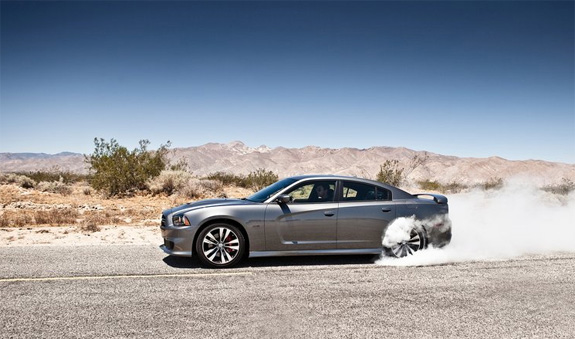Meet the new Hyundai i40 Tourer, the Korean car maker’s stylish estate that's aimed squarely at the Toyota Avensis. The latest model to carry the 'I' prefix is another advocate of Hyundai's 'fluidic sculpture' design language. The result is an estate that's stylish as well as deeply practical, thanks to 553-litres of boot space that increases to 1,719-litres with the (nearly) fold-flat rear seats down.
Debuting at the Geneva Show, Genus represented Hyundai's vision in Europe for a unique alternative within the D-segment, combining practicality with emotional design. The design represents an evolution of Hyundai's unique form language, 'fluidic sculpture', creating a sleek, elegant Tourer with uncompromised comfort and load capacity. The sleek design of the Hyundai i40 Tourer does not impact negatively on the levels of interior comfort, cabin versatility and practicality or cargo capacity. The generous wheelbase (2770 mm) and overall width (1815 mm) create a cabin with impressive capacity. The new model delivers best-in-class dimensions for front seats occupants, with head (1025 mm), leg (1170 mm) and shoulder room (1455 mm).
The 114bhp diesel with ISG emits performs even better, emitting just 113g/km of CO2 and averaging 66mpg on the combined cycle. The petrol engine is Hyundai's Hyundai’s entire new four-cylinder 2.0-litre GDI engine, called 'Nu'. This all-aluminum engine makes its debut in the i40, promising to deliver higher torque (for enhanced drivability), improved fuel economy and reduced emissions, plus undiminished durability and excellent NVH characteristics - similar to a multi-point fuel injected engine. The 1.6-litre petrol engine offers a well-proven 16-valve Gamma unit. It generates 135PS and accelerates from 0-62mph in 11.6 seconds.
Debuting at the Geneva Show, Genus represented Hyundai's vision in Europe for a unique alternative within the D-segment, combining practicality with emotional design. The design represents an evolution of Hyundai's unique form language, 'fluidic sculpture', creating a sleek, elegant Tourer with uncompromised comfort and load capacity. The sleek design of the Hyundai i40 Tourer does not impact negatively on the levels of interior comfort, cabin versatility and practicality or cargo capacity. The generous wheelbase (2770 mm) and overall width (1815 mm) create a cabin with impressive capacity. The new model delivers best-in-class dimensions for front seats occupants, with head (1025 mm), leg (1170 mm) and shoulder room (1455 mm).
The 114bhp diesel with ISG emits performs even better, emitting just 113g/km of CO2 and averaging 66mpg on the combined cycle. The petrol engine is Hyundai's Hyundai’s entire new four-cylinder 2.0-litre GDI engine, called 'Nu'. This all-aluminum engine makes its debut in the i40, promising to deliver higher torque (for enhanced drivability), improved fuel economy and reduced emissions, plus undiminished durability and excellent NVH characteristics - similar to a multi-point fuel injected engine. The 1.6-litre petrol engine offers a well-proven 16-valve Gamma unit. It generates 135PS and accelerates from 0-62mph in 11.6 seconds.
































